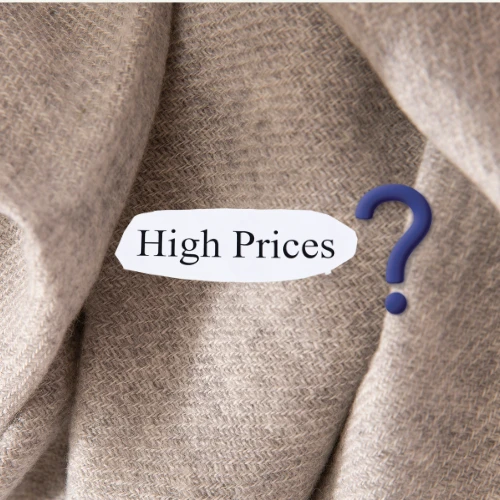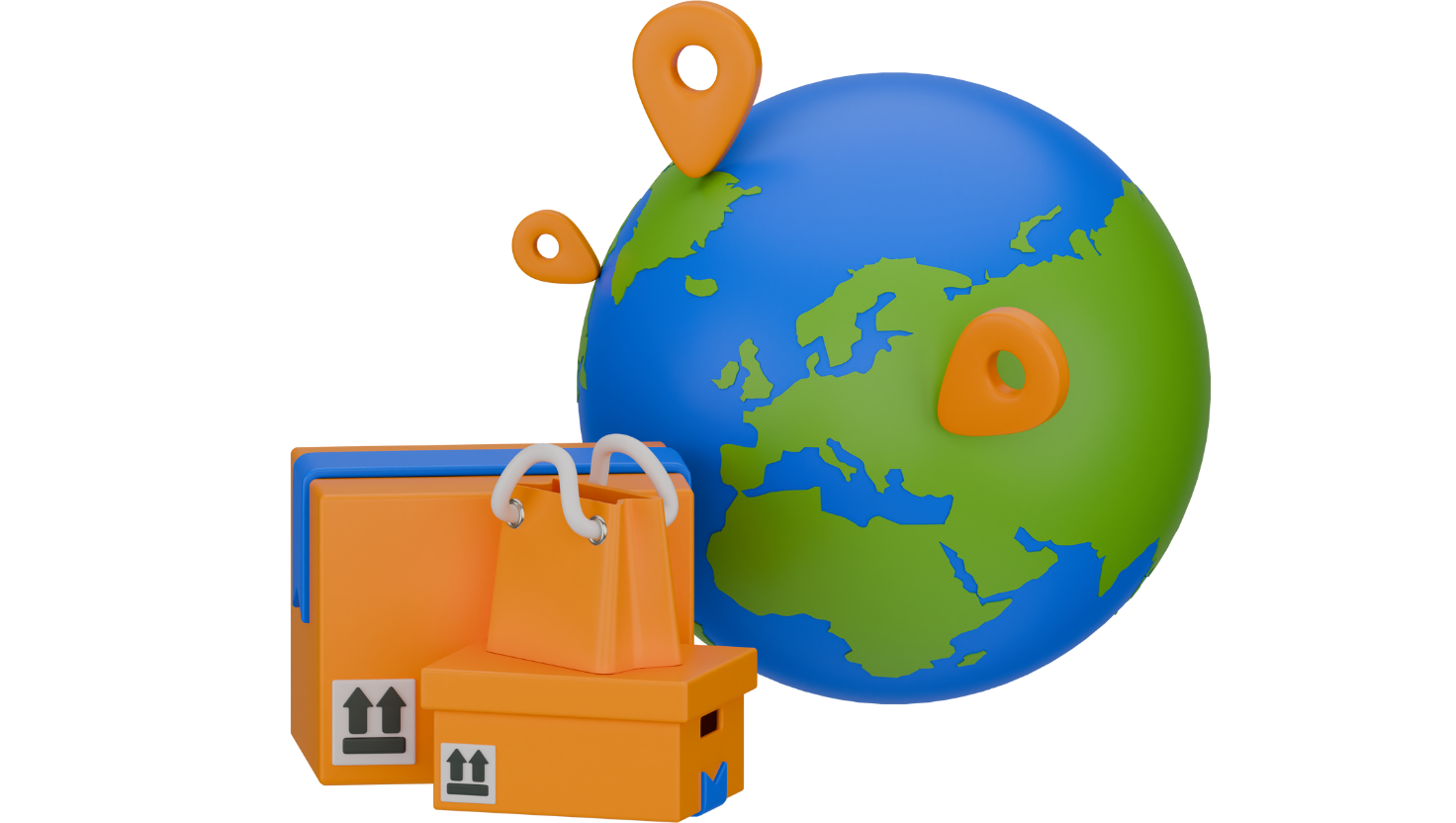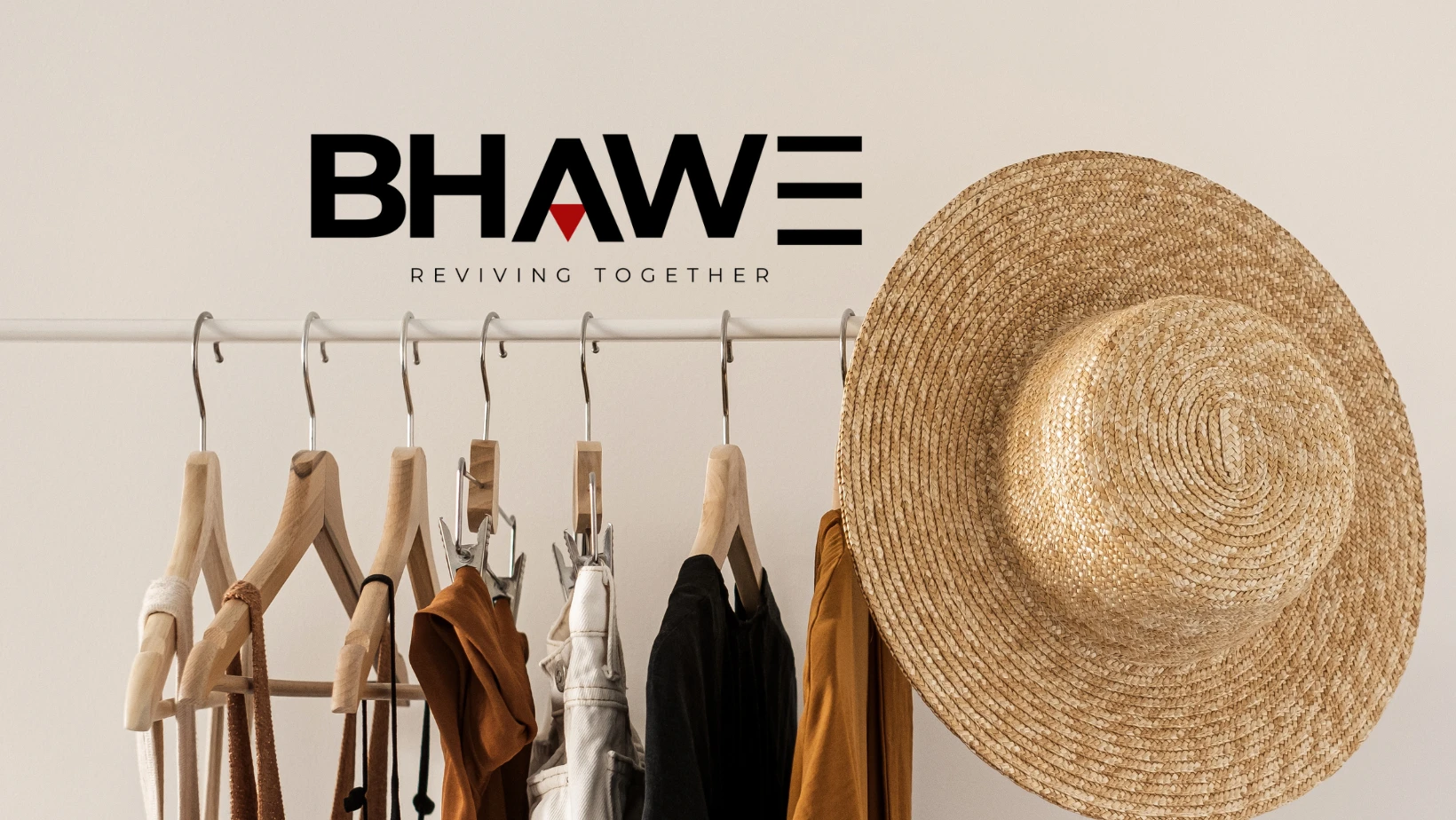Decode Fabric Pricing: A Complete Guide to Texture, Density & Weaving

Decode Fabric Pricing: A Complete Guide to Texture, Density & Weaving
Ever wondered why some fabrics feel luxuriously soft, flow effortlessly, or cost significantly more? The secret lies in the way a fabric is built — from the type of fiber and yarn twist to how it’s woven and finished.
As a conscious shopper or brand owner, understanding key metrics like GSM, thread count, denier, twist, and weave will help you make better fabric choices — especially when working with natural and sustainable materials.
We break it down in a way even your local karigar (weaver) or tailor would appreciate.
GSM (Grams per Square Meter) – Kapde ka bhaar (Fabric Weight)
What It Is: Weight of the fabric in grams per 1m².
Low GSM (100–150): Light, airy, good for summer wear (like khadi or voile).
High GSM (250–350): Thick, dense — used for jackets, upholstery, and winterwear.
Why It Affects Price: Higher GSM means more yarn, time, and raw material — leading to higher cost.
Thread Count – Bunaai ki sankhya (Number of Threads)
What It Is: Threads per square inch — both warp (taana) & weft (baana)
200–400: Soft and breathable (great for bed linen and cotton garments).
600+ (multi-ply): Denser, less breathable, mostly aesthetic.
Expert Tip: Don’t be fooled by ultra-high counts. Focus on long-staple fibers for real quality.
Denier – Resham ki motaai (Thickness of Yarn)
Low Denier (e.g. Silk): Soft, flowy.
High Denier (e.g. Canvas, Wool): Tough, heavy-duty
Price Impact: Low-denier fabrics like pure silk are harder to produce and finish, hence cost more.
Ply – Sut ka jod (Single-Ply vs Multi-Ply Yarn)
Single Ply: Lightweight, softer
Two Ply/More: Stronger, denser, more premium.
Higher Ply = more durability + premium finish = higher pricing
Yarn Twist – Sut ka ghumaav
High Twist: Crisp, structured garments (ideal for shirting and suit
Low Twist: Soft, drapey garments (perfect for mul, muslin, and babywear)
Weaver Insight: "Zyada ghoomaa hua sut kapde ko jyada mazbooti deta hai." (Higher twist = stronger fabric)
Weave Type – Bunaai ka pattern
| Weave Type | Local Name | Texture & Usage | Cost Impact |
| Plain Weave | Taana-Baana | Strong, textured (Khadi, Cotton) | Basic |
| Twill Weave | Khadi Twill | Diagonal lines, flexible (Denim, Wool) | Mid-range |
| Satin Weave | Resham ka jhalar | Smooth, shiny, luxurious (Silk, Satin) | Expensive |
Complex weaves like Jamdani, Banarasi Brocade, and Ikat require high skill and time — increasing cost. Materials like gold zari in Kanjeevaram saris further elevate price.
Fiber Length & Staple – Sut ki lambaai
Long Staple (e.g. Mulberry Silk, Pima Cotton): Luxurious, soft, durable.
Short Staple (e.g. Regular Cotton): Coarser, pills faster.
Long-staple fibers = premium feel, longer life, higher price
Finishing Processes – Kapde ka final touch
| Process | Effect | Why it adds cost |
| Mercerizing | Shine + Strength | Extra Chemical Treatment |
| Calendaring | Smooth Surface | High-pressure rollers |
| Brushing | Soft touch (used for flannel) | Adds luxurious texture |
Finishing can transform basic fabric into a premium offering.
Why This Matters to YOU
Whether you’re:
- Shopping for custom sustainable
Ordering fabric by the metre for your labe
Or trying to understand why some fabrics cost more
These fabric metrics help you ask the right question
Example: A 250 GSM handwoven cotton-linen blend, with a two-ply yarn and mercerized finish, will cost more — but offer longevity, softness, and luxury.
Common Local Terms
| English Terms | Local Weaver Term | Meaning |
| Warp | Taana | Lengthwise threads in weaving |
| Weft | Baana | Crosswise threads |
| Ply | Sut ka jod | Yarn Twisting |
| GSM | Kapde ka bhaar | Fabric weight |
| Thread Count | Bunai ki sankhya | Threads per inch |
Learning Tip:
Warp = Vertical = Taana (Foundation of the fabric)
Weft = Horizontal = Baana (Creates the design or pattern)
Who Designs the Weave?
It’s mostly the weft (baana) that defines the pattern. Here's why:
Warp (taana): Provides structure, remains stationary
Weft (baana): Moves across, introduces motifs, color changes, and intricate designs.
Bonus: Special Design Techniques
| Technique | Role of Weft | Local Term | Region |
| Jamdani | Extra weft creates motifs | Buti Work | Bengal |
| Ikat (Weft) | Pre-dyed weft yarns | Baandha | Odisha |
| Brocade | Supplementary metallic weft | Zari | Banaras |
In traditional weaving, it’s the weft that brings the fabric to life
Final Thoughts
When selecting or pricing natural and sustainable fabrics, don’t just go by look or feel. Dive deeper into what builds the textile — because what’s inside the weave determines the garment’s soul.
This guide isn’t just for textile nerds — it’s for every conscious customer, fashion brand, or artisan aiming to create or understand better fabric stories.
Further Reading
Howto Distinguish Between Handloom and Powerloom Fabrics: A Conscious Buyer's Guide
How to Wash Natural Fabrics Without Ruining Them– Expert Tips Inside!
Why Neutral pH Detergents Are a Must forSustainable & Natural Fabrics
Whatis Fair Trade and Why it Matters in Bharat’s Sustainable Fabric Industry
With Love & Grace,
Team BhaWe
Recent Posts
CREATED WITH CARE ❤️ CRAFTED WITH LOVE















